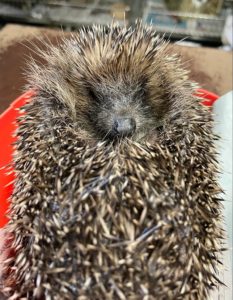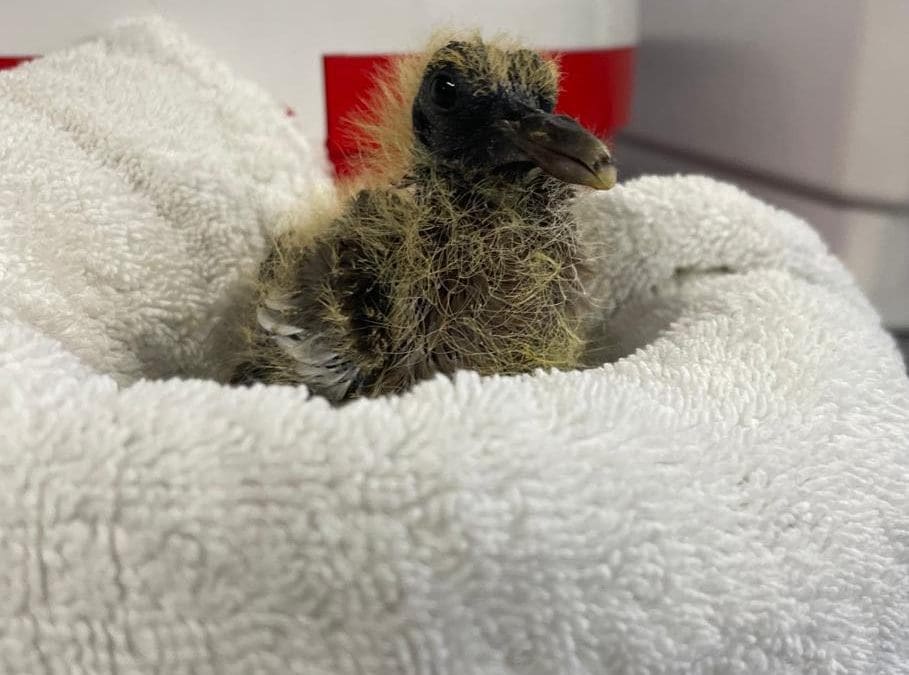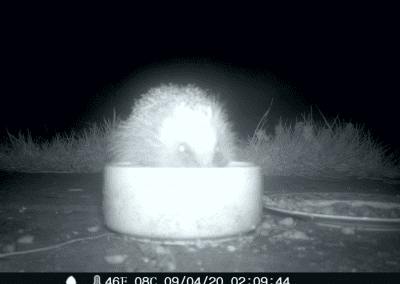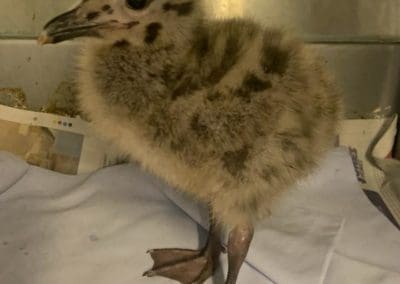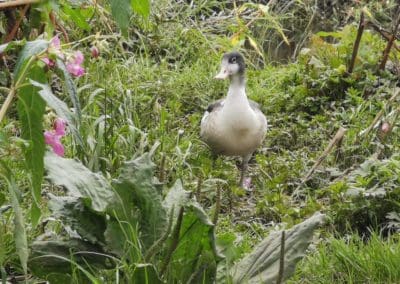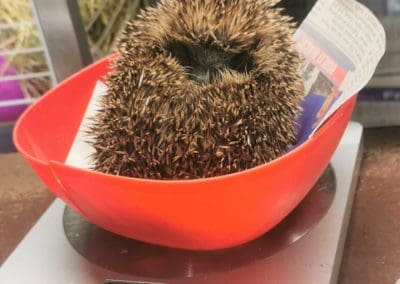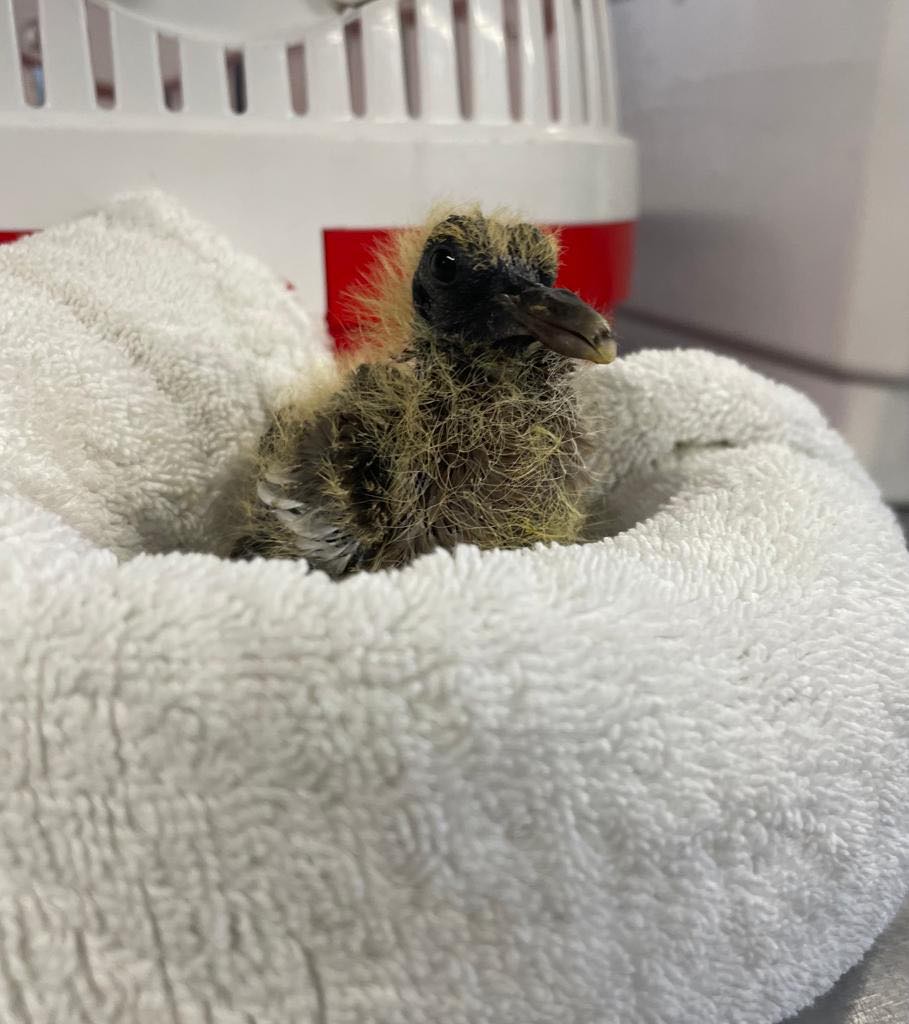
Unfortunately, we have had to close our doors this week to wildlife admittances – as the unit is at full capacity. The team are working extremely hard to care for over 240 wild and small animals – giving them the best possible chance at survival. If you find a wild animal in need of help you can still get advice from the team by contacting 0151 931 1604.
In happier news, this month alone the wildlife unit has released 6 wood pigeons, 1 magpie, 3 blackbirds, 1 robin, 3 starlings, 3 collared doves and 15 hedgehogs- all while handfeeding even more young hedgehogs.
Please remember, if you have any newspapers, shredded paper or towels that you can donate we would be extremely grateful. You can drop any donations off at our Liverpool site between the hours of 9:30am – 4:30pm. There is also a donations bin outside of the entrance.
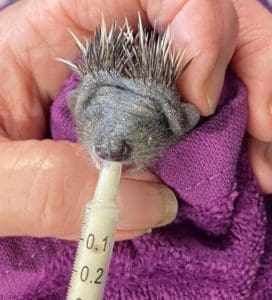
Out and about in July
Sadly, we’re currently in the midst of a tragic year for seabirds. A deadly strain of bird flu, which originated in farmed poultry, is circulating among wild birds and killing them in large numbers, particularly in the UK. If you come across around three dead birds in the UK, report them to the government helpline on 03459 33 55 77. Reporting them will lead to them being removed, which can help prevent carcasses spreading the virus to yet more birds.
Female common lizards are now currently laden with eggs, having mated in spring. Look out for them basking on rocks, fences or open ground to warm their swollen bellies. The eggs hatch internally, and the brood of half a dozen or so little black lizards will be born this month, or in August.
On the good news front, despite setbacks due to illegal persecution, the ‘fish hawk’ or osprey is one of the great success stories of British conservation. This magnificent raptor has continued its comeback, helped by natural colonisation and the targeted release of birds, most recently at Poole Harbour in Dorset. By July, many osprey chicks have fledged, but they stay near the nest well into August, honing their flying skills and accepting fish from their parents. This is an exciting time to visit one of the publicly accessible viewing areas. If you can’t travel, watch on one of the popular osprey cams online.
In boggy places such as the side of streams, ditches and damp verges, you may catch the mouth-watering aroma of marzipan this month. The scent is from meadowsweet, a classic wildflower of high summer. It’s a tall plant, with beautiful cream sprays of frothy flowers, and is usually buzzing with a variety of hoverflies and other insects. Not only were the flowers once used to flavour mead, they were also harvested as a hangover cure.
Hot and sticky weather in July and August sees one of the great wildlife spectacles, as millions of black ants pour from their nests and take to the skies. These are sexually mature, winged adults known as alates, that are mostly males, but with a few larger virgin queens among them. Often the first sign that such a swarming event is underway is the swooping gulls, starlings, house martins and swifts, taking advantage of the abundant but short-lived feast. These swarms can often occur simultaneously across a wide area.
The height of summer sees jellyfish appearing along our coasts, often prompting sensationalist headlines in the media. But while several found in UK waters do sting humans, very few are dangerous. One of the most abundant harmless species is the moon jelly, which drifts into harbours, sheltered bays and Scottish lochs. It has a transparent ‘bell’, the umbrella shaped part of the animal, and it feeds on plankton. Sometimes its numbers build into dense swarms, a beautiful spectacle that is becoming more common due to rising sea temperatures.
It was recently calculated that around a sixth of native British wildflowers are yellow. The colour comes from the pigment lutein, and is why bird’s-foot trefoil, which can turn meadows and road verges gold in July, was formerly used to dye fabric. In common with other members of the pea family, this botanical wonder is able to fix nitrogen in the soil. It’s also popular with many bees and caterpillars, including those of the six-spot burnet moth and common blue butterfly. Look out for adults of both species which are on the wing this month.
Did you Know…
that the T. Rex’s closest living relative is the chicken?
When a bumble bee hatches it is silver all over before gradually colouring up and that bees are cold-blooded.
An ancient oak can support over 2.300 thousand species.
Please remember to…
support wildlife at this time of the year by putting out food and especially water during dry weather to prevent wildlife suffering from dehydration.
Providing shallow saucers filled with water and small stones are ideal for insects to drink from.
Discarded plastic is now becoming more and more common on beaches and beauty spots, and family days out can involve a great deal of single-use plastic. Please consider bringing your own lunch and refreshments in reusable containers.
Please keep pets indoors if fledglings are on the ground. Their parents will be close and will still be feeding them.
Please remove rubbish from your gardens or local area to prevent wildlife from injury.
And Finally…
Always seek advice from wildlife staff before bringing an animal to the rescue. If an animal is injured, please take it to a vet as we don’t always have a vet on site. Vets don’t generally charge for treating injured wildlife.

Merchandise

Freshfields Lottery
